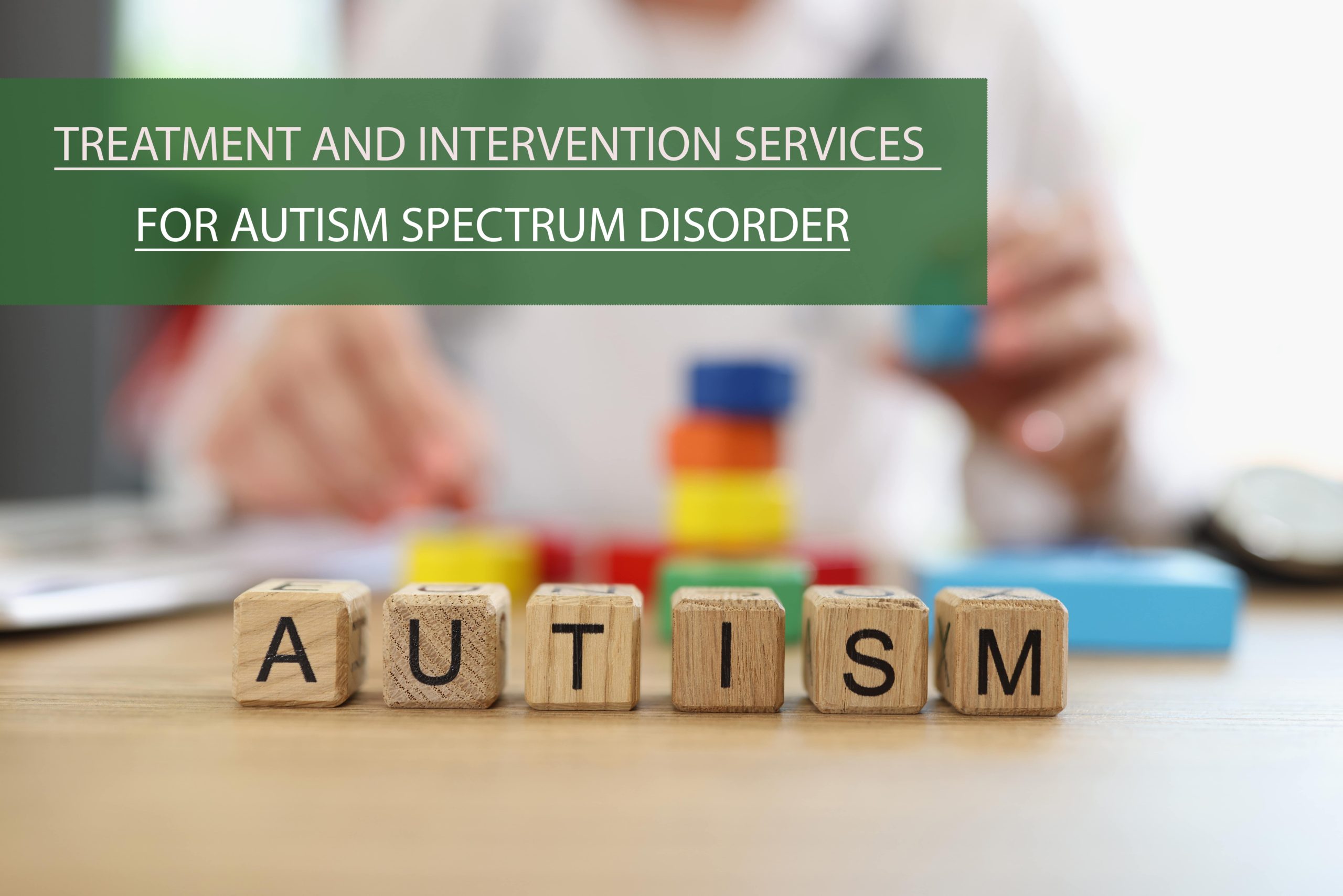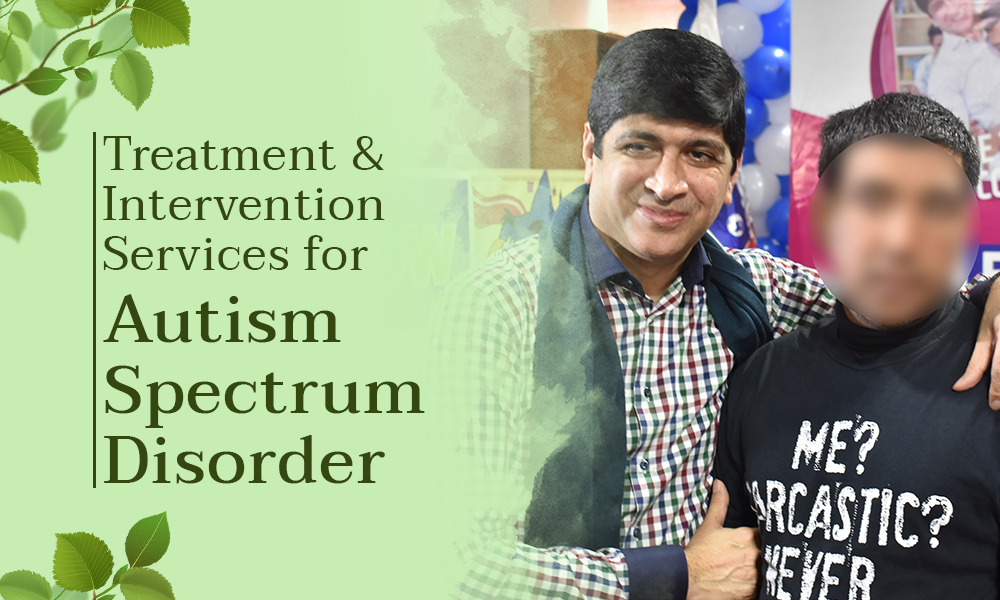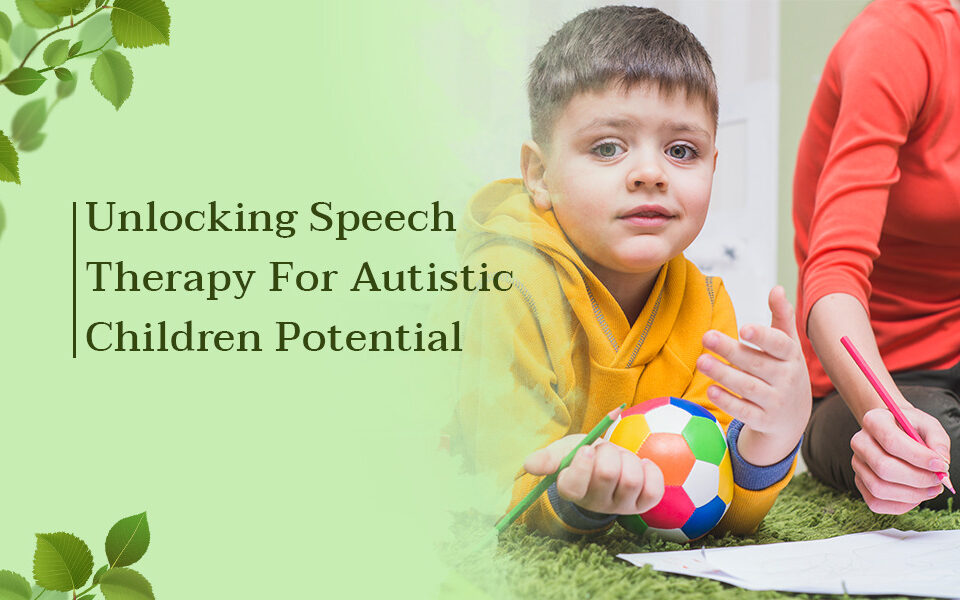- Jofa Tower 5th floor, SB-23, Block 13 C, Main University Rd, Gulshan-e-Iqbal, Karachi.
- +92 322 3746726
- tis@transformation.com.pk
Treatment and Intervention Services for Autism Spectrum Disorder

Autism Treatment in Karachi,Pakistan
July 14, 2023
Effects of Autism on Children
July 20, 2023There is no one size fits all method of Autism Treatment or Intervention because every autistic child or adult has different strengths and challenges. Many persons with autism have co-occurring medical issues such as Insomnia, Seizures, and Gastrointestinal (GI) pain. Addressing these issues can help with attention, learning, and other associated behaviors. Many people benefit from therapy to help them with speech, social skills, or motor problems, or to learn new abilities such as eating or self-care.
Each Autism Intervention or Treatment plan should be customized to meet the needs of the individual. Treatment plans for individuals may involve behavioral treatments, other therapies, medications, or a mix of these.
The Treatment and Intervention Services for Autism Spectum Disorder (ASD) are designed to address the challenges and symptoms associated with the condition. While there is no cure for autism spectrum disorder, early intervention and comprehensive therapy can dramatically enhance a person's communication abilities, social interactions, and overall quality of life.
Treatments and Interventions
Behavioral Treatments:
These treatments emphasize teaching and reinforcing beneficial behaviors while decreasing problematic behaviors. One of the most extensively utilized behavioral therapy for ASD is Applied Behavior Analysis (ABA). ABA uses systematic ways to foster desired behaviors while discouraging undesirable ones.
What is Applied Behavior Analysis?
Applied Behavior Analysis (ABA) is a therapy based on learning and behavioral science. ABA treatment uses our knowledge of how behavior works in real-world circumstances. The idea is to encourage beneficial behaviors while decreasing detrimental or disruptive behaviors.
ABA therapy programs can help:
Improve your language and communication abilities.
Improve your attention, focus, social skills, memory, and academic performance.
Reduce problem behaviors.
Behavior analysis approaches have been used and researched for decades. They have assisted many different types of learners in gaining various abilities, ranging from better lives to learning a new language. Since the 1960s, ABA has been utilized by therapists to assist children with autism and other developmental issues.
What is the process of ABA therapy?
Many strategies are used in Applied Behavior Analysis to understand and change behavior. ABA is a versatile treatment:
Can be customized to match the demands of each individual.
Provided in a variety of settings, including the home, school, and community.
Teaches skills that are useful in everyday life.
Can involve one-to-one teaching or group instruction.

Language & Speech Therapy:
Communication issues are common among autistic people. Speech and language therapy improves both expressive and receptive language skills and promotes the development of functional communication abilities.
Improved speech, gaining nonverbal abilities such as signs or gestures, or learning to communicate via an alternate way
(such as graphics or technology) are all common aims.
Speech therapy may be used to improve the following skills:
Muscles in the mouth, jaw, and neck are strengthened.
Making speech sounds more clear.
Emotions must be matched with the appropriate facial expression.
Recognizing body language.
Responding to inquiries.
Connecting an image to its message.
Using an iPad voice software to create the proper word.
Changing the tone of one's voice.
Occupational Therapy:
OT programs for persons with autism are frequently focused on play skills, learning techniques, and self-care. Sensory difficulties can also be managed with OT treatments.
The occupational therapist will start by assessing the individual's present level of competence. The examination considers numerous factors, including how the individual:
Earns
Plays
Cares for oneself
Interacts with their surroundings
The examination will also reveal any barriers that prohibit the person from engaging in normal day-to-day activities. Based on this assessment, the therapist develops objectives and techniques for the client to improve on critical abilities. Common objectives include the following:
Independent dressing.
Eating
Grooming
Using the bathroom.
Writing, coloring, and cutting with scissors are examples of fine motor abilities.
Social Skills Development:
Individuals with ASD frequently struggle to grasp social cues and interactions. Social skills training teaches kids proper social behaviors such as turn-taking and empathy.
Cognitive-Behavioral Therapy (CBT):
Individuals with ASD, particularly those with greater cognitive ability, may benefit from CBT. It focuses on dealing with anxiety, repeated behaviors, and emotional difficulties.
Benefits of Cognitive Behavioral Therapy:
The purpose of cognitive behavioral therapy is to teach individuals that, while they cannot control every part of their environment, they can influence how they understand and react to it.
- It helps in the development of better thinking patterns by making you aware of the negative and frequently unrealistic ideas that damper your sentiments and moods.
- Improvements may generally be visible in five to twenty sessions, making it an effective short-term therapy option.
- It works for a wide range of maladaptive behaviors.
- It is frequently less expensive than other methods of therapy.
- It works whether the therapy is done online or in person.
- It is appropriate for those who do not require psychotropic medication.

Special Education:
Customized educational programs in inclusive or specialized classrooms can assist children with ASD in reaching their academic potential while also promoting socialization with neurotypical classmates.
Sensory Integration Therapy:
Sensory issues are common in individuals with autism. Sensory integration therapy helps individuals adapt to sensory stimuli and reduces hypersensitivity or hyposensitivity to various sensory inputs.
Effectiveness of Sensory Integration Therapy:
Despite empirical evidence indicating children with ASDs are more likely to have sensory-processing issues, the effectiveness of sensory integration therapy as an ASD treatment is limited and unclear. While this does not rule out the possibility that the therapy may be beneficial in certain children, its efficacy has thus far been based primarily on personal experiences.
If you feel your kid has sensory processing issues, consult with your child's pediatrician there may be community options for additional examination.
Medication:
Medication may be administered in some circumstances to treat particular ASD symptoms such as hyperactivity, aggressiveness, anxiety, or obsessive-compulsive behaviors. Medication, however, is not the main therapy for the basic symptoms of ASD.
Parent Training and Support:
Parents play a crucial role in the development of children with autism. Parent training programs provide families with strategies and skills to support their child's progress at home and in various settings.
Assistive Technology:
Different technology aids, such as communication gadgets and applications, can help people with ASD communicate and learn.It's important to note that every individual with autism is unique, and their treatment plans should be tailored to their specific strengths, challenges, and needs. Early intervention, beginning as soon as a diagnosis is obtained, is often regarded as the most successful strategy for treating people with ASD. Treatment and intervention services may make a major impact on persons with Autism Spectrum Disorder's communication, socialization, behavior, and general functioning.




